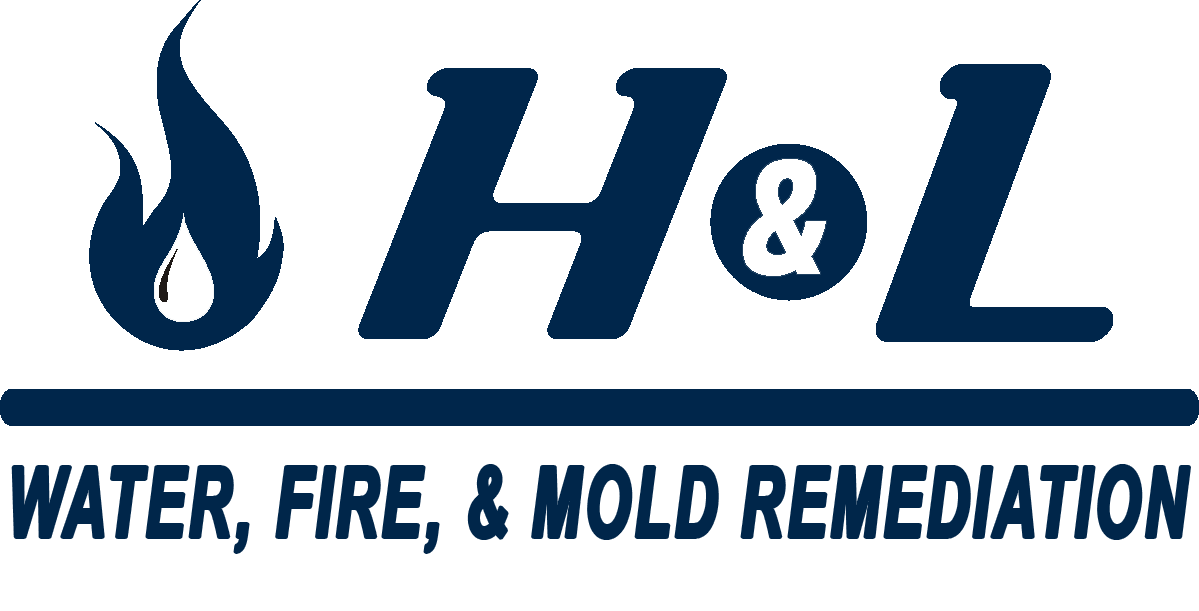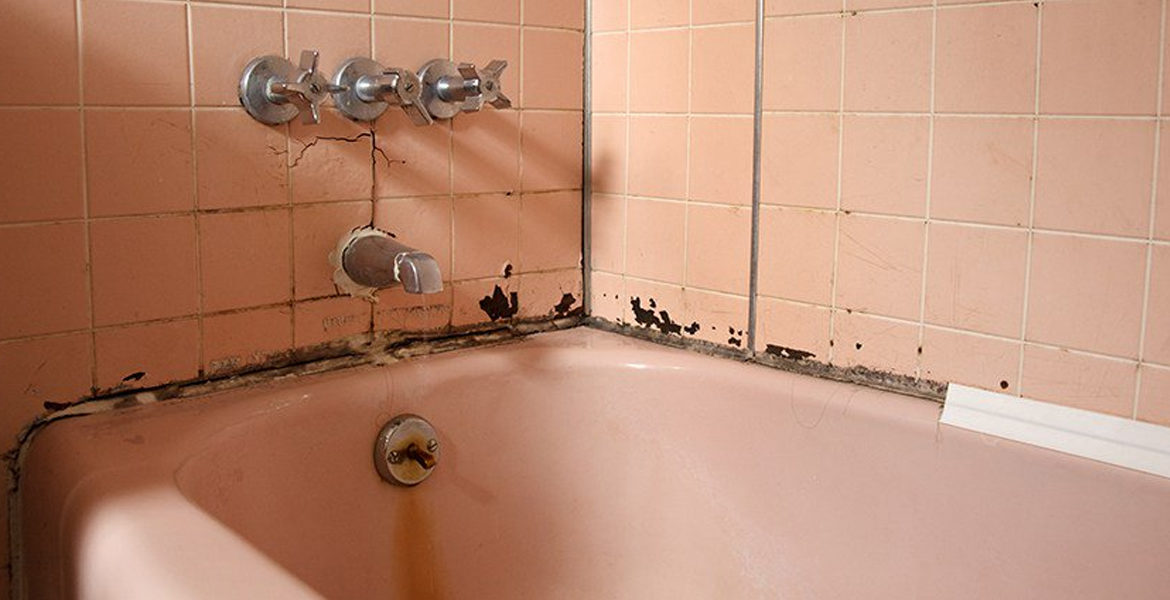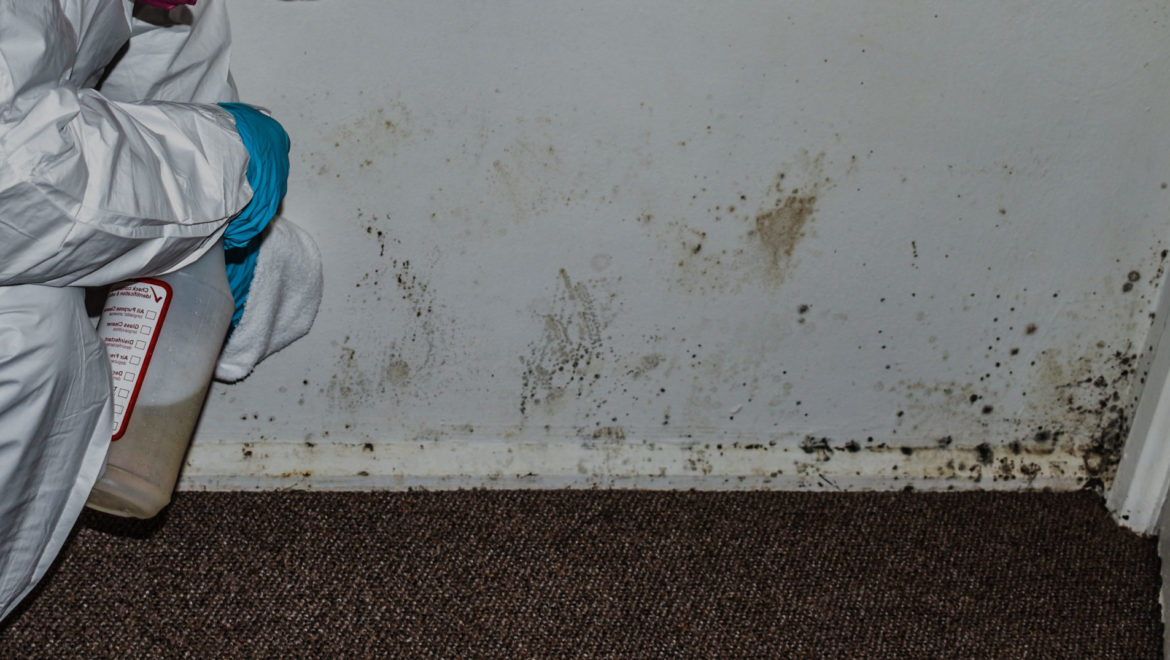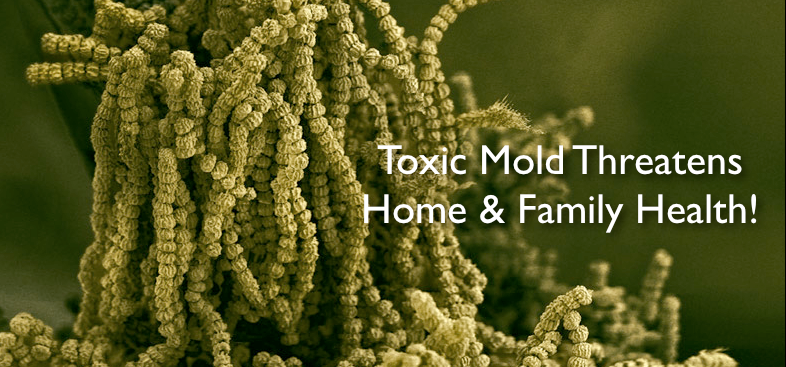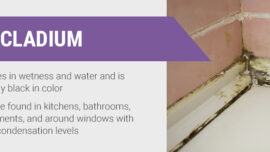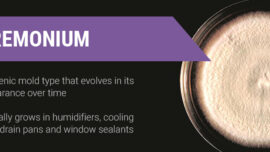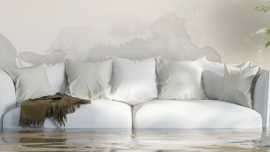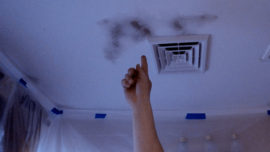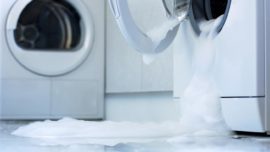Caulking & Mold Growth: The Connection
Whether it’s used on windows, bathtubs, flooring, or elsewhere caulking is a standard in American homes. It is a great sealant after all. The problem is without re-caulking, old cauk tends to crack over time leading to water seeping into and around areas it shouldn’t. Excess moisture in turn creates an ideal breeding ground for mold. In this post we’ll cover the caulking + mold connection to see why mold seems to appear around cracked caulking and what you can do about it.
Caulking Can Trap Air & Water Leading to Mold Growth
Caulking is a waterproof filler or sealant used to seal out moisture preventing it from entering into areas where it shouldn’t. It is commonly applied around homes in areas that are exposed to moisture or direct water as a way to protect surfaces that are not water proof. Typically it goes unspoken about until its color changes from white to beige and mold growth becomes visible on it’s surface. Checking caulking around tubs and windows is the easiest way to prevent mold growth in a home. It is a good idea to periodically check caulking along bathtubs and windows for cracks. If one is detected you may simply re-caulk the area to reseal it, making it waterproof again.


